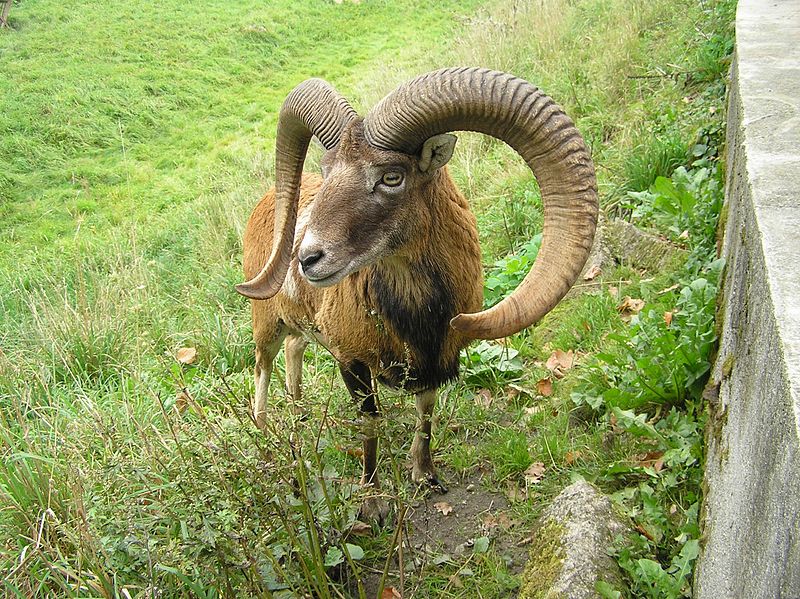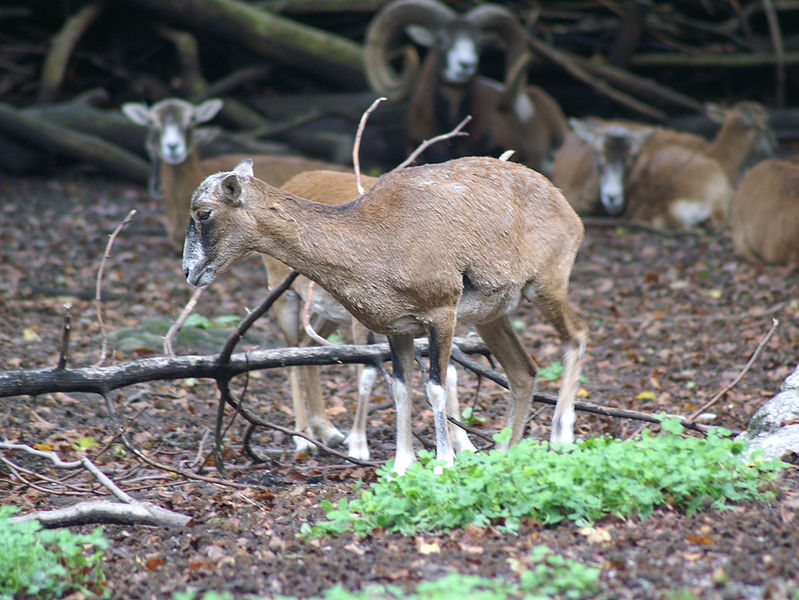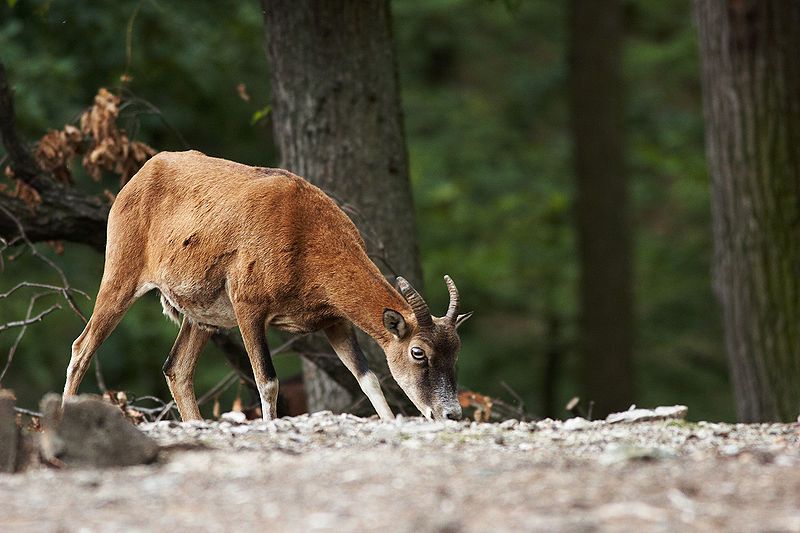
What are Mouflon Sheep?
Mouflon sheep, scientifically classified as Ovis orientalis orientalis, are perceived to be one of the primordial ancestors to the contemporary domesticated sheep. Originating from the arid steppes near the Caspian Sea, within the ancient realms of Mesopotamia (which is now Iran and Iraq), these creatures are a living emblem of our pastoral antiquity. They boast a statuesque physique, lending them an air of majesty and fortitude essential for survival amidst harsh terrains.
Male mouflons, or rams, are easily distinguishable by their grandiose, spiraled horns, a symbol of virility and a formidable tool during the rut, when they vie for the affections of the females, or ewes. Although ewes possess horns, they are notably lesser in size and curvature. The mouflon’s pelt is a coarse, protective layer against the elements, which further densifies as winter descends, providing much needed warmth.
These herbivorous beings find their homes in diverse habitats, from mountainous terrains to dense forests, where flora is abundant. Their dietary palate comprises mainly of grasses, shrubs, and occasionally, tree bark during the barren winter months. This dietary flexibility reflects the mouflon’s adept adaptability to varying environments.
Societally, mouflon sheep exhibit a gender-segregated grouping for majority of the year, with rams either leading a solitary existence or forming small bachelor groups, while ewes and their offspring form larger conglomerations. The breeding season heralds a time of intense rivalry amongst rams, as they joust for the privilege of mating with the ewes, ensuring the perpetuation of robust genetic lineage.
There’s a cloud of concern shrouding the mouflon’s existence in the wild, attributed to hunting pressures and loss of habitat. Their innate survival prowess led to their introduction in parts of Europe and North America for hunting and conservation. However, these introductions sometimes brew conflict with native species, leading to ecological discord.
Historically, the domestication of mouflon sheep was a monumental milestone, ushering humanity into an era of pastoralism. This seismic shift heralded the dawn of agricultural practices, underpinning the edifice of modern civilization.
Mouflon sheep are not merely creatures of aesthetic allure; they are a profound symbol of human evolutionary and agricultural history. Their tale is intertwined with human saga, offering a window into the pastoral and agricultural narrations of ancient societies.
Mouflon Sheep in Hawaii
The Hawaiian islands are the most remote archipelago on the planet. For hundreds of thousands of years the only mammals found on land, aside from the seals that haul themselves out on the beaches, were the Hawaiian Hoary Bats that we still see today. It wasn’t until humans arrived in Hawaii around 1900 years ago that other land mammals found their home here. With them the Polynesians brought dogs, pigs, and rats. Since then, many more mammals have been introduced. Hawaii’s native flora, having developed without having to protect themselves, are extremely vulnerable to damage by browsing, trampling, and bark stripping by non-native ungulates.

On the Big Island the most recently introduced wild ungulate is the Mouflon Sheep. Originating from Asia Minor, Mouflons were brought to this island in the early 1950’s. Beginning in 1962 Mouflon were crossbred with feral sheep and released onto the slopes around Mauna Kea. Today a large population of these hybrids still exists on the northern part of Mauna Loa, as well as on the lands surrounding Mauna Kea. These hybrids can sometimes be seen from Pu’u O’o trail, as well as on various other parts of Saddle road.
In 1968 a population of wild Mouflon were introduced for hunting purposes onto Kahuku Ranch (now part of Hawaii Volcanoes National Park) on Mauna Loa’s southern slope. Today these animals can be commonly be found in Ocean View’s upper grid galloping away from the noise of your vehicle across the a’a lava flows. These surefooted ungulates are sometimes mistaken for deer, but the Mouflon is Big Island’s only wild ungulate aside from feral pigs. Mouflons eat many endangered endemic Hawaiian plants and there is a removal program in place to keep them out of Hawaii Volcanoes National Park in order to preserve native habitat.

Like many introduced species, the Mouflon has impacted the native ecosystem in a large way. Today they aren’t commonly seen unless you’re above 5000 feet, but many still live on the island and in some places numbers continue to grow.
